Fields Ethnology | Name Raymond Firth | |
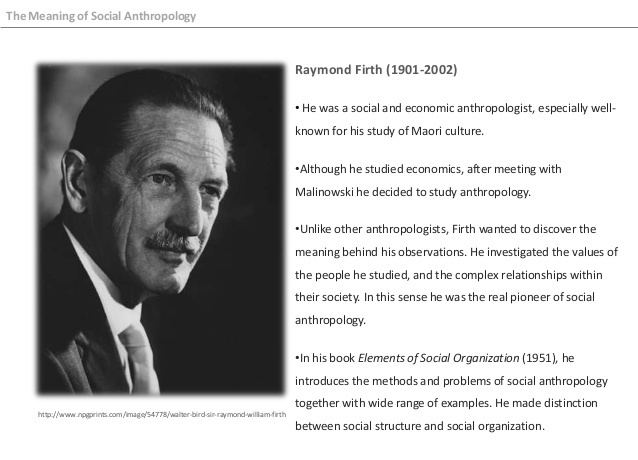 | ||
Books We - the Tikopia, Symbols: public and private, Elements of social organization, Malay fishermen: their peas, Primitive Polynesian economy Similar People Bronislaw Malinowski, E E Evans‑Pritchard, W H R Rivers, Ernest Gellner, Morris Ginsberg | ||
Academic advisors Bronislaw Malinowski | ||
Interview with raymond firth
Sir Raymond William Firth, CNZM, FBA (25 March 1901 – 22 February 2002) was an ethnologist from New Zealand. As a result of Firth's ethnographic work, actual behaviour of societies (social organization) is separated from the idealized rules of behaviour within the particular society (social structure). He was a long serving Professor of Anthropology at London School of Economics, and is considered to have singlehandedly created a form of British economic anthropology.
Contents
- Interview with raymond firth
- Part of interview with sir raymond firth
- Early life and academic career
- Honours
- Personal life
- Mori lament poroporoaki for Sir Raymond Firth
- Papers
- References
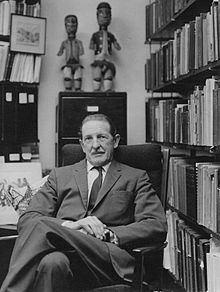
Part of interview with sir raymond firth
Early life and academic career
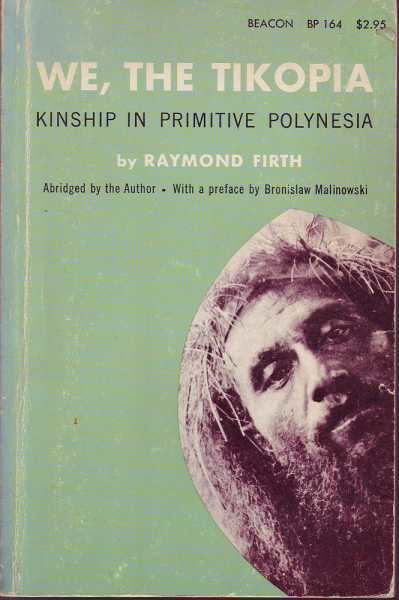
Firth was born to Wesley and Marie Firth in Auckland, New Zealand, in 1901. He was educated at Auckland Grammar School, and then at Auckland University College, where he graduated in economics in 1921. He took his MA there in 1922, and a diploma in social science in 1923. In 1924 he began his doctoral research at the London School of Economics. Originally intending to complete a thesis in economics, a chance meeting with the eminent social anthropologist Bronisław Malinowski led to him to alter his field of study to 'blending economic and anthropological theory with Pacific ethnography'. It was possibly during this period in England that he worked as research assistant to Sir James G Frazer, author of The Golden Bough. Firth's doctoral thesis was published in 1929 as Primitive Economics of the New Zealand Māori.
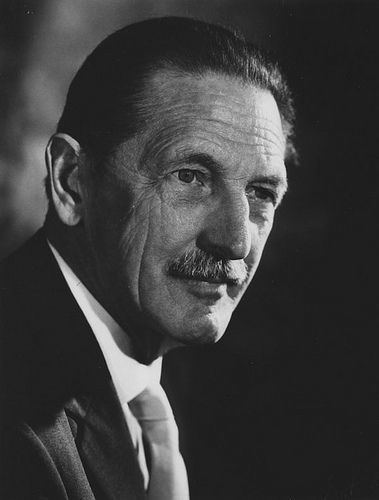
After receiving his PhD in 1927 Firth returned to the southern hemisphere to take up a position at the University of Sydney, although he did not start teaching immediately as a research opportunity presented itself. In 1928 he first visited Tikopia, the southernmost of the Solomon Islands, to study the untouched Polynesian society there, resistant to outside influences and still with its pagan religion and undeveloped economy. This was the beginning of a long relationship with the 1200 people of the remote four mile long island, and resulted in ten books and numerous articles written over many years. The first of these, We the Tikopia: A Sociological Study of Kinship in Primitive Polynesia was published in 1936 and seventy years on is still used as a basis for many university courses about Oceania.
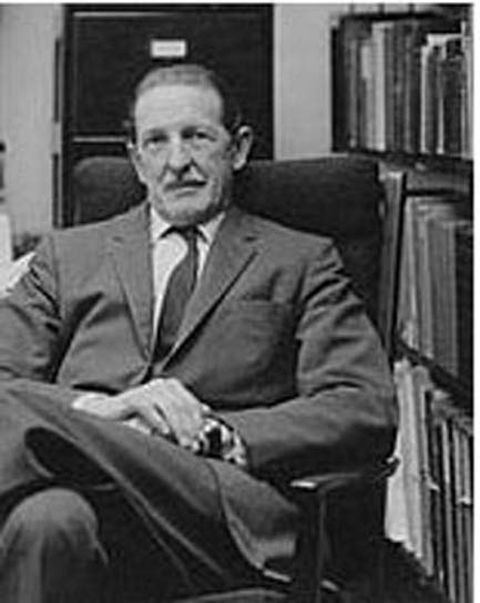
In 1930 he started teaching at the University of Sydney. On the departure for Chicago of Alfred Radcliffe-Brown, Firth succeeded him as acting Professor. He also took over from Radcliffe-Brown as acting editor of the journal Oceania, and as acting director of the Anthropology Research Committee of the Australian National Research Committee.
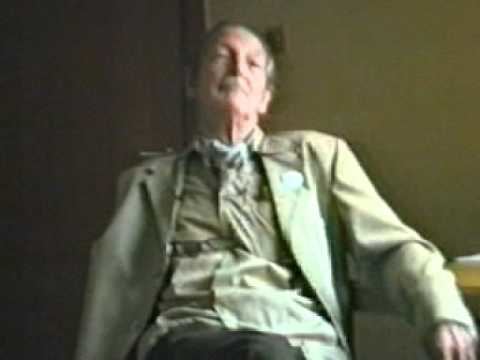
After 18 months he returned to the London School of Economics in 1933 to take up a lectureship, and was appointed Reader in 1935. Together with his wife Rosemary Firth, also to become a distinguished anthropologist, he undertook fieldwork in Kelantan and Terengganu in Malaya in 1939-1940. During the Second World War Firth worked for British naval intelligence, primarily writing and editing the four volumes of the Naval Intelligence Division Geographical Handbook Series that concerned the Pacific Islands. During this period Firth was based in Cambridge, where the LSE had its wartime home.
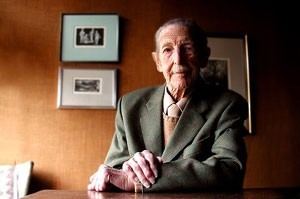
Firth succeeded Malinowski as Professor of Social Anthropology at LSE in 1944, and he remained at the School for the next 24 years. In the late 1940s he was a member of the Academic Advisory Committee of the then-fledgling Australian National University, along with Sir Howard Florey (co-developer of medicinal penicillin), Sir Mark Oliphant (a nuclear physicist who worked on the Manhattan Project), and Sir Keith Hancock (Chichele Professor of Economic History at Oxford). Firth was particularly focused on the creation of the university's School of Pacific Studies.
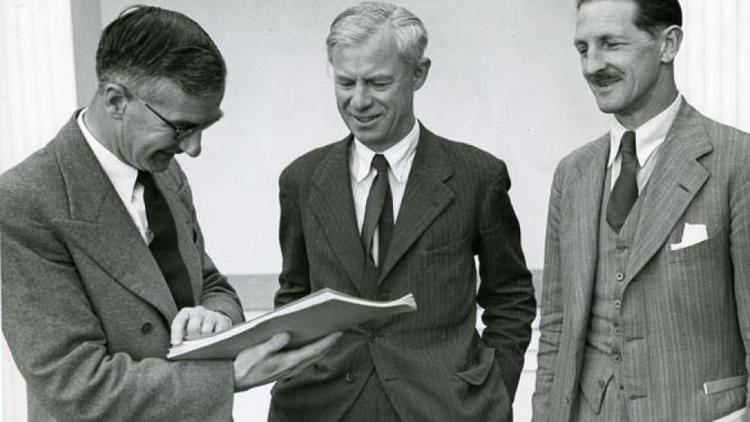
He returned to Tikopia on research visits several times, although as travel and fieldwork requirements became more burdensome he focused on family and kinship relationships in working- and middle-class London. Firth left LSE in 1968, when he took up a year's appointment as Professor of Pacific Anthropology at the University of Hawaiʻi. There followed visiting professorships at British Columbia (1969), Cornell (1970), Chicago (1970-1), the Graduate School of the City University of New York (1971) and UC Davis (1974). The second festschrift published in his honour described him as 'perhaps the greatest living teacher of anthropology today'.
After retiring from teaching work, Firth continued with his research interests, and right up until his hundredth year he was producing articles. He died in London a few weeks before his 101st birthday: his father had lived to 104.
Honours
Personal life
Firth married Rosemary Firth (née Upcott) in 1936 and she died in 2001; they had one son, Hugh, who was born in 1946. He was raised a Methodist then later became a humanist and an atheist, a decision influenced by his anthropological studies. He was one of the signers of the Humanist Manifesto.
Māori lament (poroporoaki) for Sir Raymond Firth
Composed on behalf of the Polynesian Society by its then-President, Professor Sir Hugh Kawharu (English translation)
You have left us now, Sir RaymondYour body has been pierced by the spear of deathAnd so farewell. Farewell,Scholar renowned in halls of learning throughout the world'Navigator of the Pacific''Black hawk' of Tamaki.Perhaps in the end you were unable to complete allthe research plans that you had once imposed upon yourselfBut no matter! The truly magnificent legacy you have leftwill be an enduring testimony to your stature.Moreover, your spirit is still alive among us,We, who have become separated from you in New Zealand,in Tikopia and elsewhere.Be at rest, father. Rest, forever,in peace, and in the care of the Almighty.Papers
Sir Raymond Firth's papers are held at the London School of Economics - including his photographic collection
